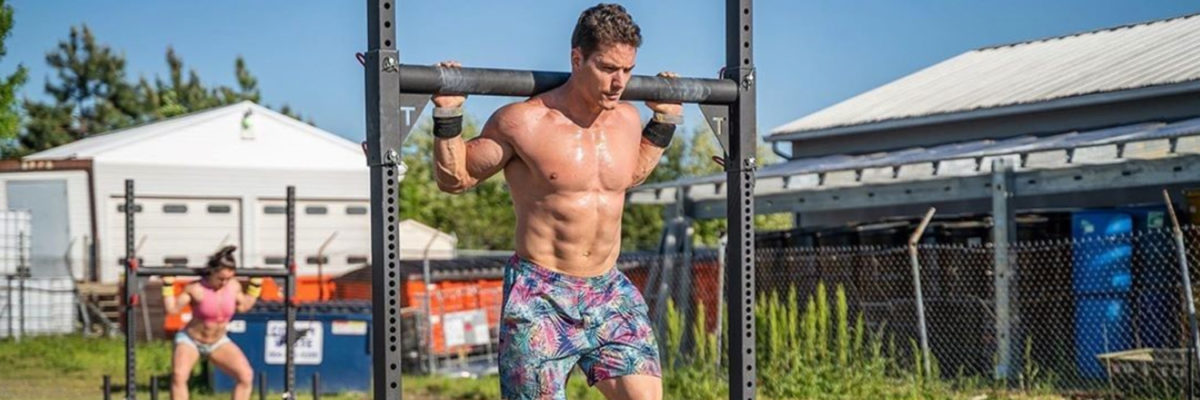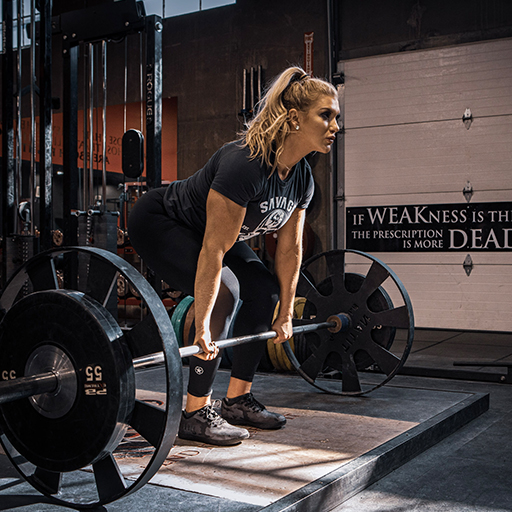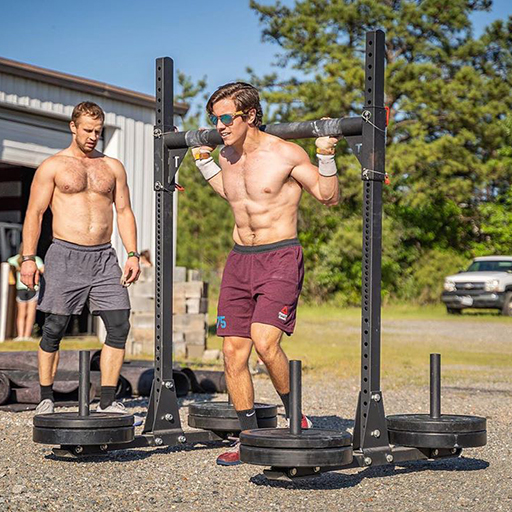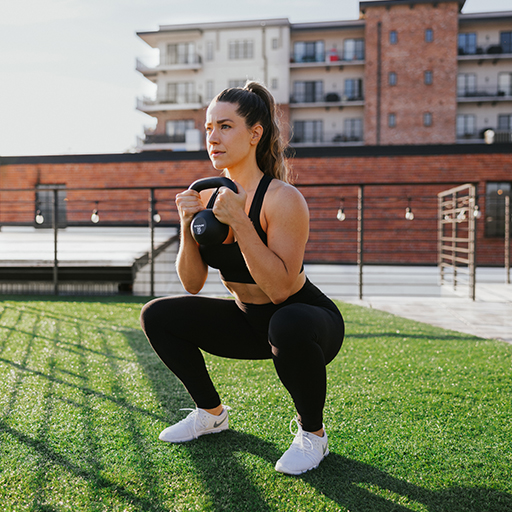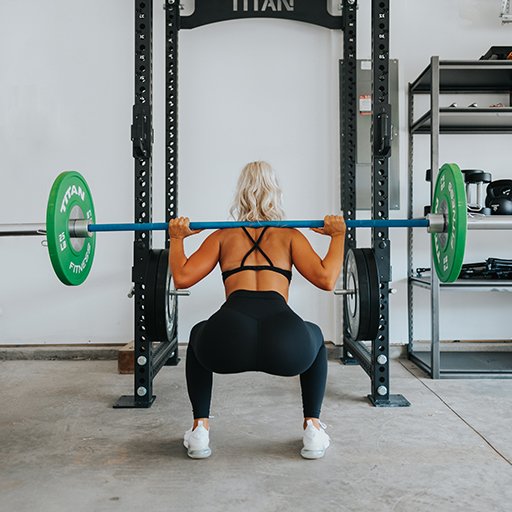Have you considered buying resistance bands, but you aren’t sure if they will actually help you build muscle? If so, you’re not alone. Many people wonder about the prospect of using resistance bands and how effective they can actually be in helping you achieve your fitness goals. If you’ve found yourself wondering these same things, you came to the right place. This article offers an in-depth guide to resistance bands, including what they are, how to use them, the pros and cons of using them, and best practices for using resistance bands to gain muscle.

What Is a Resistance Band?
A resistance band is a stretchy band or rope usually made of latex or rubber. They come in a variety of different resistances, i.e. some are very easy to stretch while others “resist” more, or are more difficult to stretch. Resistance bands can be used for a number of different exercises, and they allow people to work out by using the natural resistance of the band instead of lifting their own body weight or heavy weights. They are a very safe option for training because they tend not to overstrain any muscle groups.
Resistance bands are also a popular choice for people who have to travel a lot or work out on the go. The small bands can easily be packed into a backpack or suitcase and you can use them to work out pretty much anywhere. Plus, resistance bands tend to be inexpensive, compared to a lot of other fitness equipment, which makes them an appealing choice.
How Do Resistance Bands Work?
Resistance bands work by providing a resistance for you to push or pull against during your training. They are different from weights in that instead of being a weight that you lift, pull, or push, they create tension throughout your reps and sets. As you pull the band further, it gets tighter and harder to move throughout the movement.
Can Resistance Bands Build Muscle?
If you are looking to start building muscles without spending long hours at the gym, resistance bands can be a really great option. Especially considering that the U.S. Department of Health and Human Services recommends that all adults do strength training exercises two times a week. You can do strength training in a number of different ways – including using resistance bands. They are an excellent option for people just starting out on the fitness journey and looking to build and tone muscles early on.
To build muscle size, you have to overload the muscle with weight or resistance. The overload creates small tears in the muscle fiber (hence the term “getting ripped”) that allow new muscle tissue to grow. Lifting weights, lifting your own body weight, and using resistance bands helps to overload your muscles and build them up. The International Journal of Sports Physical Therapy found that resistance bands were just as effective as a weight machine in activating the quadriceps during the concentric or “up” phase of a knee extension.
Progressive Overload
The way that muscles get bigger and bigger is through a process called progressive overload. We tear the muscle fibers and the body repairs them bigger and stronger than before. As we progress, we need bigger weights or more resistance and a variety of exercises to keep growing.
The body is responsible for doing all the repairs, and it uses hormones, such as testosterone, to do a great deal of this work. But we also have to give it extra fuel, in the form of calories and protein, to make sure it has the energy to repair the muscle damage.
If you get enough resistance from the bands to contract your muscles beyond a point they have gotten used to – and you are consuming enough protein and calories, then you should be able to build muscles. Up to a point.
Practicing Progressive Overload with Resistance Bands
In order to make sure that you are building muscle and not just toning, you have to keep forcing your body to adapt to more stress or tension. Here are some ways to do so with resistance bands:
- Using higher tension bands: As mentioned earlier, resistance bands come in varying levels of resistance. Over time, you will want to increase the resistance level so that you continue to build muscle instead of just toning your muscles.
- Increase reps: Continuously increasing the number of reps you do with resistance bands will promote muscle breakdown.
- Increase sets: In addition to increasing reps per set during your training, you should also increase the number of sets you are doing for each exercise.
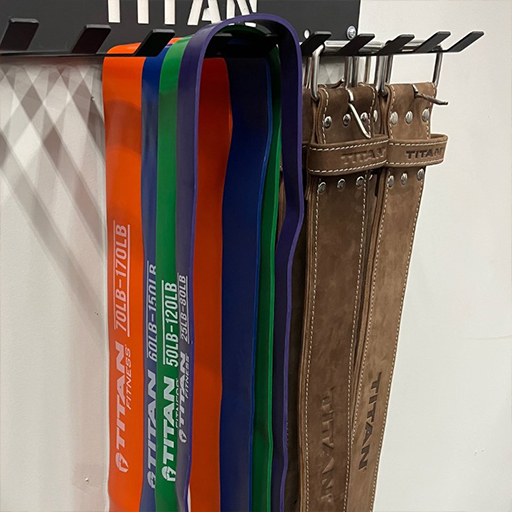
Benefits of Using Resistance Bands
Training with resistance bands is much different than lifting weights. With bands, your muscle is constantly under tension and contracted. This makes it a much more effective and high-quality workout. Bands also use stabilizing muscles, which create a more well-rounded workout than just exercising the big muscle groups. They can be added to body weight exercises, such as doing banded push-ups, to increase the intensity of the exercise. Let’s look at some of the other main benefits of using resistance bands.
Portable
Resistance bands are small, lightweight, and easy to pack, making them an excellent choice for travel. You can take them on trips with you or store them at home for easy workouts wherever you are.
Inexpensive
Resistance bands are also much less expensive than hand-weights, barbells, and power racks. You can also save money on a gym membership by using resistance bands at home.
Less Chance of Injury
Lifting weights is undoubtedly a great way to build muscle. But they also come with a higher chance of injury than resistance bands. It is possible to drop weights on yourself as well as injure vulnerable spots on your body, such as wrists, elbows, and knees. Resistance bands make you much less prone to injury during your workouts. They are also great for healing injuries because they can add resistance to different movements without putting undue stress on your joints.
Stabilization
Resistance bands can be used for their own exercises or you can add them to your existing workout routine to promote instability in your muscle movements. This is a great way to bring stabilizing muscles into the mix. For example, if you are lifting a barbell, the gravity of the weight pulls your muscle back down to the starting position. With bands, there is no gravity acting on your muscle, so the stabilizing muscles need to jump in and offer help.
Help with Stretching
Resistance bands not only build muscle but can also be used to help you stretch and lengthen your muscles. Attaching resistance bands to door handles, legs of furniture pieces, or your own body can help you use the resistance to stretch out tight muscles – a key component of building muscle and maintaining a healthy body.
Concentration
Using weight machines or benches that focus on one large muscle group can make it easy to zone out during a workout. Resistance bands require a lot more focused concentration, fostering an improved mind-body connection.

Cons Of Using Resistance Bands
Just like with other forms of exercise, there are cons to using resistance bands, too.
Bands Can Snap
It’s not common, especially when bands are used correctly, but resistance bands are subject to snapping or tearing. They are usually used on their own without other equipment for this reason.
Hard to Measure
When you lift weights, you know exactly how much weight you are lifting. This makes it easy to track your progress. When you use a resistance band, however, it’s not that easy to measure just how much resistance you are getting. The resistance level depends on your input, which tends to rise and fall depending on how much energy you have or how weak your muscles have gotten toward the end of a workout, etc.
Not a Full Workout On Their Own
Resistance bands are an excellent addition to any fitness training program. But they don’t serve as a replacement for weights. They are meant to supplement your resistance/strength training because they work muscles that you don’t use as often as your larger muscle groups. But you’re not going to get a chiseled all-over body just from using resistance bands on their own.
It is absolutely possible to build muscle with resistance bands – especially if you are a beginning weightlifter. Once you have progressed into further stages of muscle building, resistance bands are better suited for toning muscle than for building it. Toning doesn’t necessitate the same level of muscle breakdown as building muscle. It’s more about maintaining the status quo of the muscle fibers than breaking them down.
Word of caution…
Like with any exercise equipment, remember that resistance bands can break down over time due to normal wear and tear. Make sure that you inspect the bands often to see that they are safe and that the latex or rubber doesn’t have any tears in it. Also, make sure that you always release a resistance band slowly when it is under tension. Suddenly releasing the band can cause it to snap back, which can cause serious injury if you aren’t careful.
Are you shopping for resistance bands?
Ready to supercharge your workout? Check out our heavy resistance bands, designed to meet all of your strength training needs. These durable latex bands are the perfect addition to your home gym. They can aid in pull-up assistance, add resistance to stretches and bodyweight exercises and add resistance to the barbell for various lifts.

